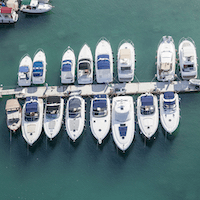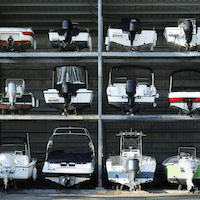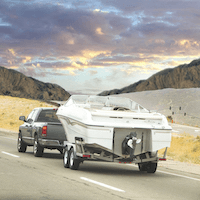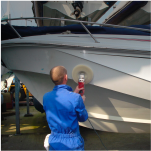HI<br /><br />I have a major bummer going on. It might be long winded, so I will jump right in. About 15 years ago I bought a 1983 Baja 184 ss jet with a cracked block. I took the Block #'s to my auto supply store, and they supplied me with a new short block. I figured i could do the work easily as i always rebuilt my motor in my chevelle for fun. I got everything back working, and enjoyed the boat for 1 year until a valve cracked and shut the motor down. Parts of it went into 2 different cylinders. I left it sit for 2 years, then decided to fix it. I replaced the cylinders, and connecting rods, re-assembled it, and to my dismay--WATER in the oil. I took every part of that motor in for pressure testing--block, heads, intake and exhaust manifolds. Nothing wrong. I proceeded to assemble it another 3 times with the same result. Water in the oil. I now let it sit for 10 years, and was "guaranteed" that the reason i had water was i was using anti-seize on the head bolts. So i took 2 days over the holiday to assemble it using black gasket silicone on the head boalts as advised by a race motor builder--and same problem!<br /><br />Here come the 2 questions--<br /><br />1--any thoughts on the water in the oil?<br /><br />2--what is the difference between a marine 350 and car or truck?<br /><br />I have been reading the gaskets are different, and maybe the cam, and then read that if you use a car engine in a boat, it wont last half as long--how can those 2 things make it wear out that much faster? I understand about how a boat is running at 75% hp most of the time vs a car 20%--but what exact parts are used in a marine engine to offset that fact?<br /><br />Thanks<br />Mark

- Shop
-
Main Menu Find The Right Fit
-
-
Slide Anchor Box Anchors Shop Now
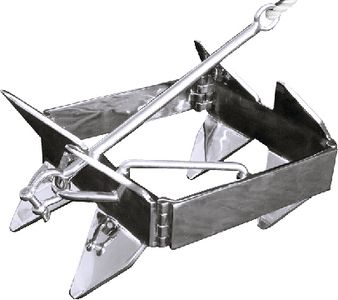
-
Back Fishing
-
View All
- Fishing Rods
- Fishing Reels
- Fishing Rod & Reel Combos
- Fishing Tools & Tackle Boxes
- Fishing Line
- Fly Fishing
- Fishing Bait & Fishing Lures
- Fishing Rod Holders & Storage Racks
- Fish Finders, Sounders & Sonar
- Trolling Motors
- Fishing Nets
- Fishing Downriggers & Acessories
- Fishing Outriggers & Acessories
- Fishing Kayaks
- Fish Cleaning Tables
-
-
Minn Kota Riptide Terrova 80 Trolling Motor w/i-Pilot & Bluetooth Shop Trolling Motors
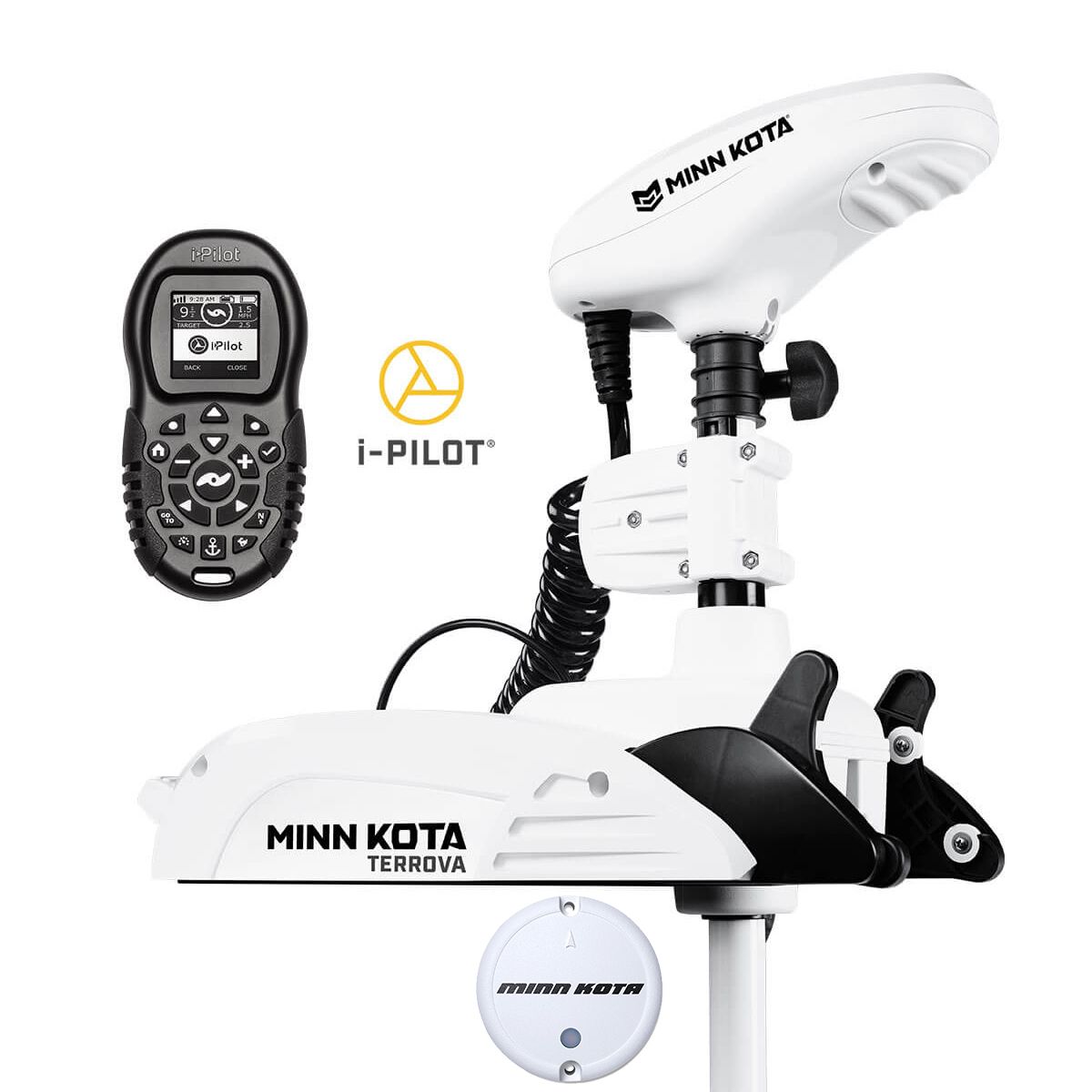
-
SportsStuff Great Big Marble Shop Tubes
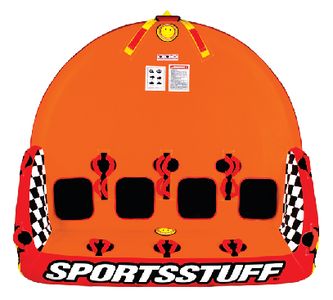
-
Big Jon Honda 5hp Outboard Shop Outboards
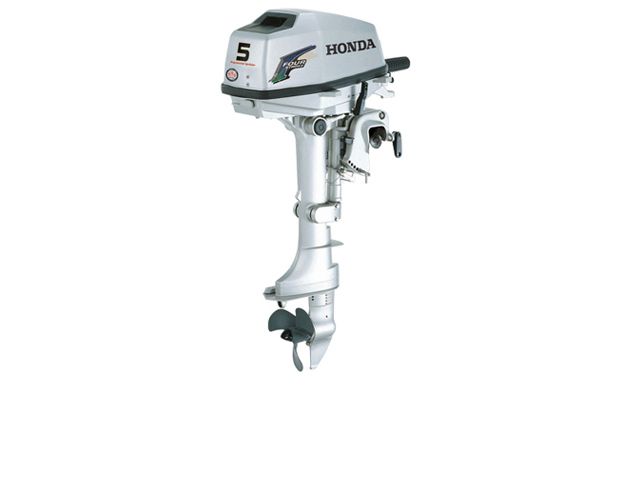
-
Lexington High Back Reclining Helm Seat Shop Helm Seats
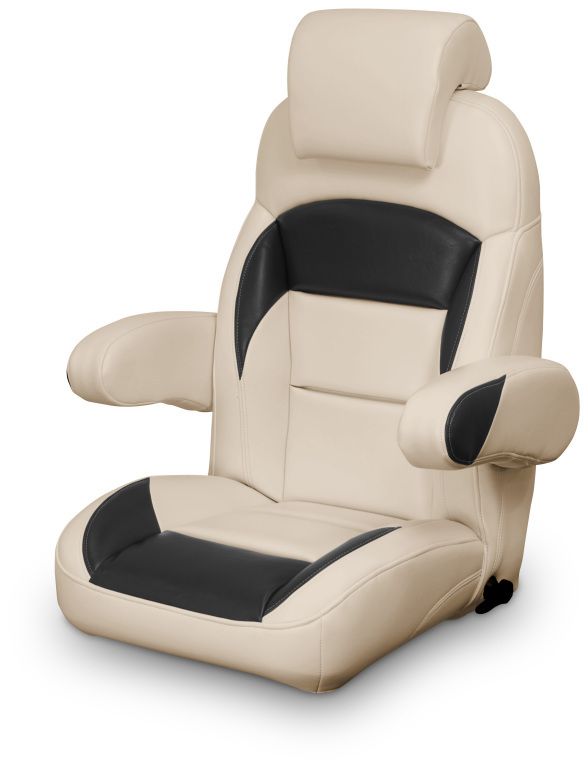
-
Kuuma Stow n Go BBQ Shop Now
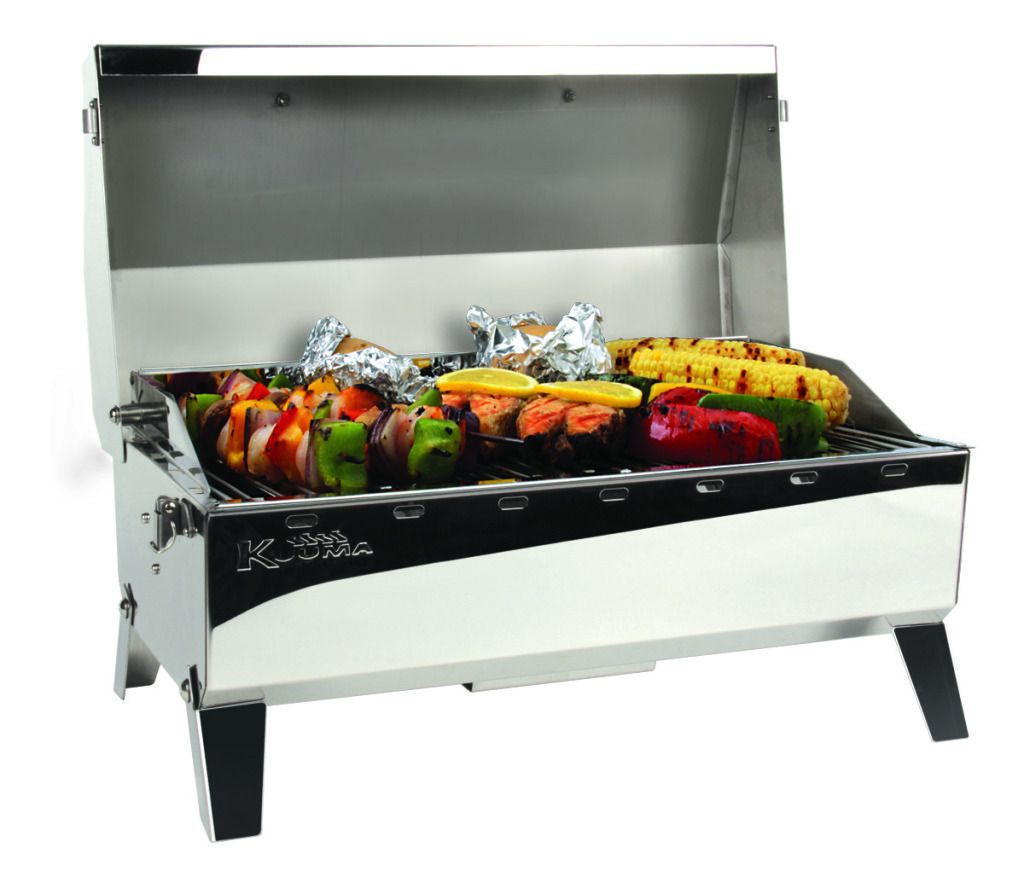
-
Slide Anchor Box Anchors Shop Now

-
Back Electrical
-
View All
- Boat Wiring & Cable
- Marine Batteries & Accessories
- Marine DC Power Plugs & Sockets
- Marine Electrical Meters
- Boat Lights
- Marine Electrical Panels & Circuit Breakers
- Power Packs & Jump Starters
- Marine Solar Power Accessories
- Marine Electrical Terminals
- Marine Fuse Blocks & Terminal Blocks
- Marine Switches
- Shore Power & AC Distribution
-
-
ProMariner ProNautic Battery Charger Shop Marine Battery Chargers
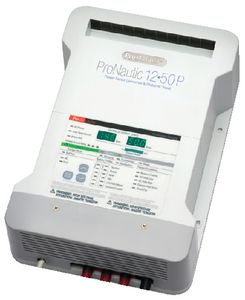
-
Lowrance Hook2-4 GPS Bullet Skimmer Shop GPS Chartplotter and Fish Finder Combo
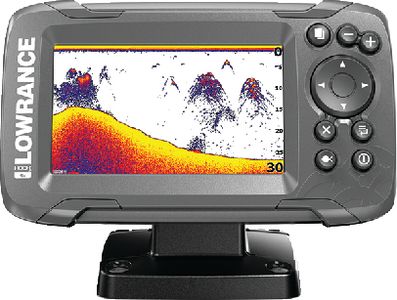
-
Boston Whaler, 1972-1993, Boat Gel Coat - Spectrum Color Find your boats Gel Coat Match
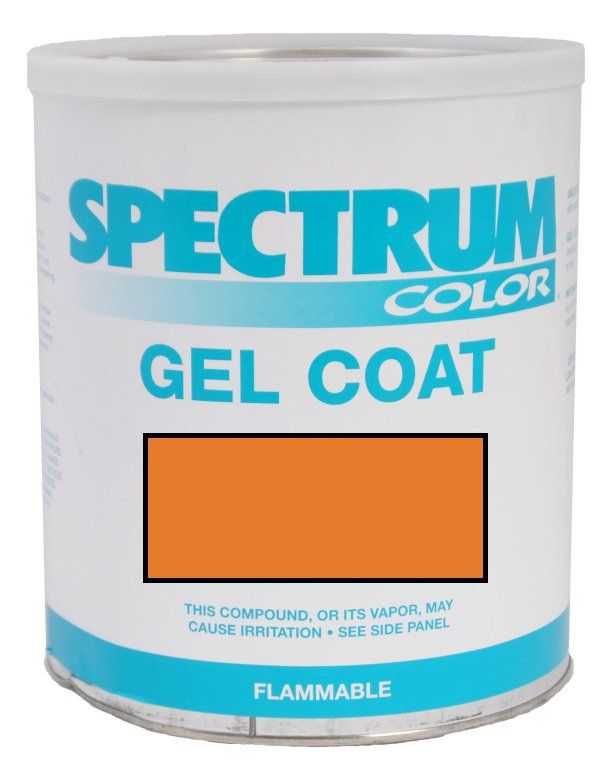
-
Rule 1500 GPH Automatic Bilge Pump Shop Bilge Pumps
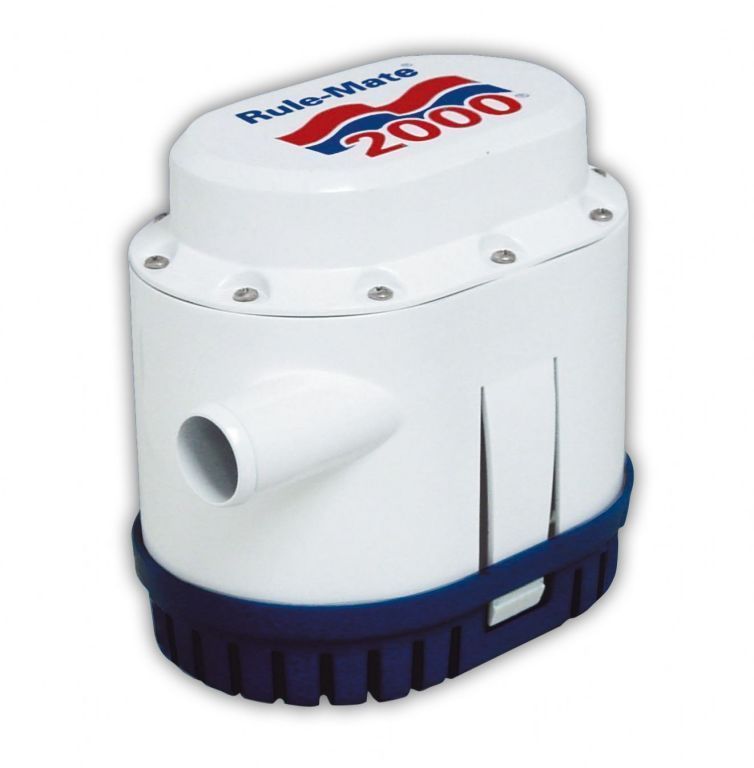
-
Back Trailering
-
SeaSense Trailer Winch Shop Trailer Winches
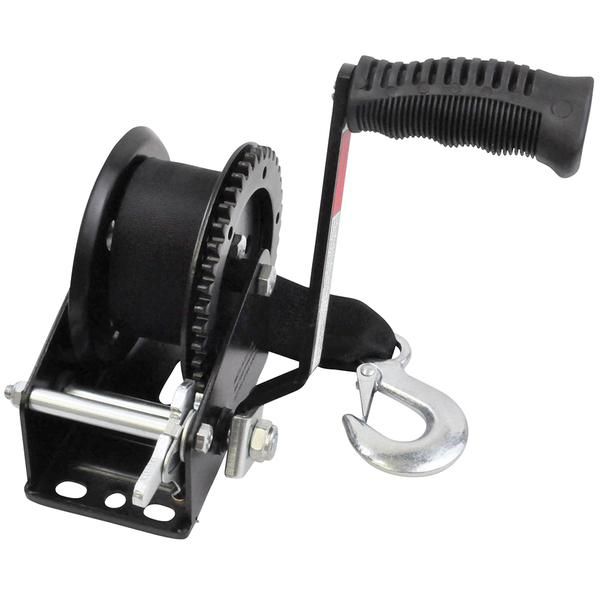
-
Seadog Stainless Steel Cup Holder Shop Drink Holders
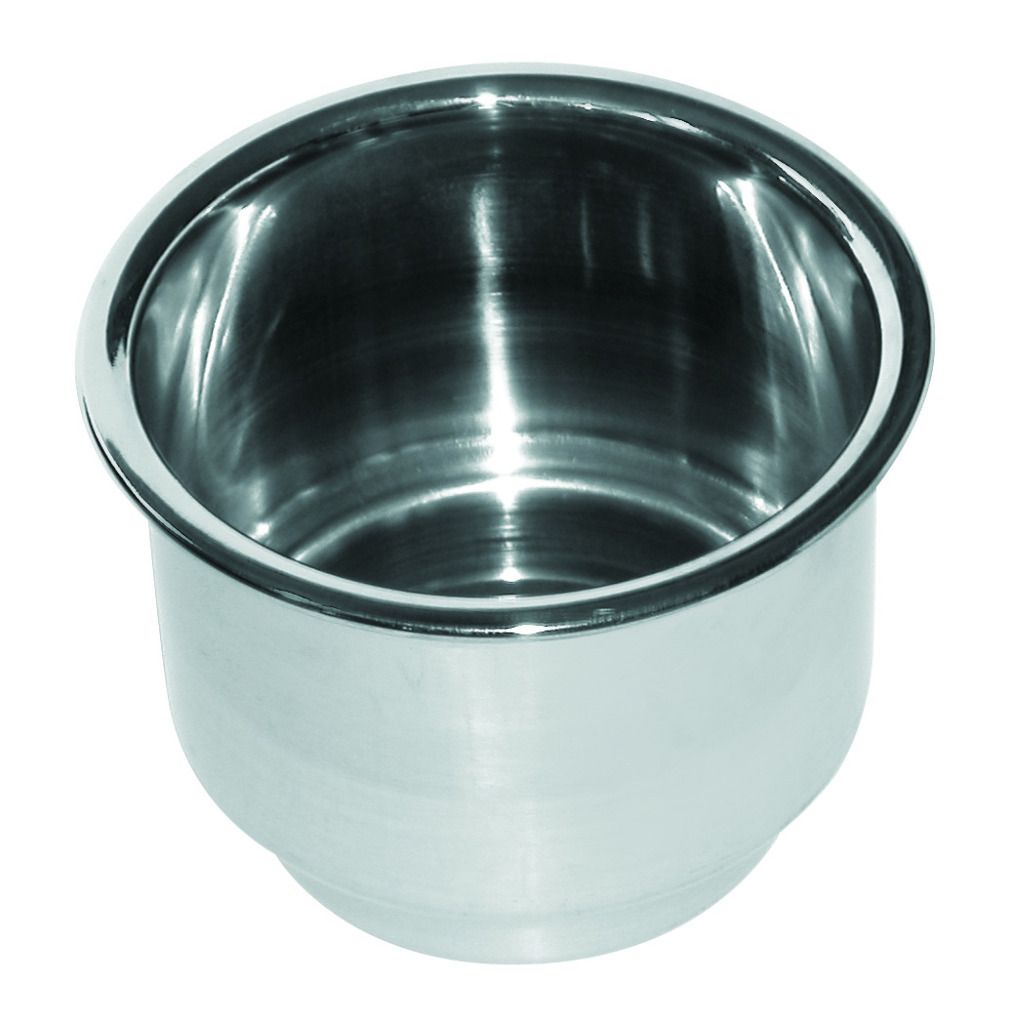
-
Slide Anchor Box Anchors Shop Now

-
- Boats for Sale
- Community
-
